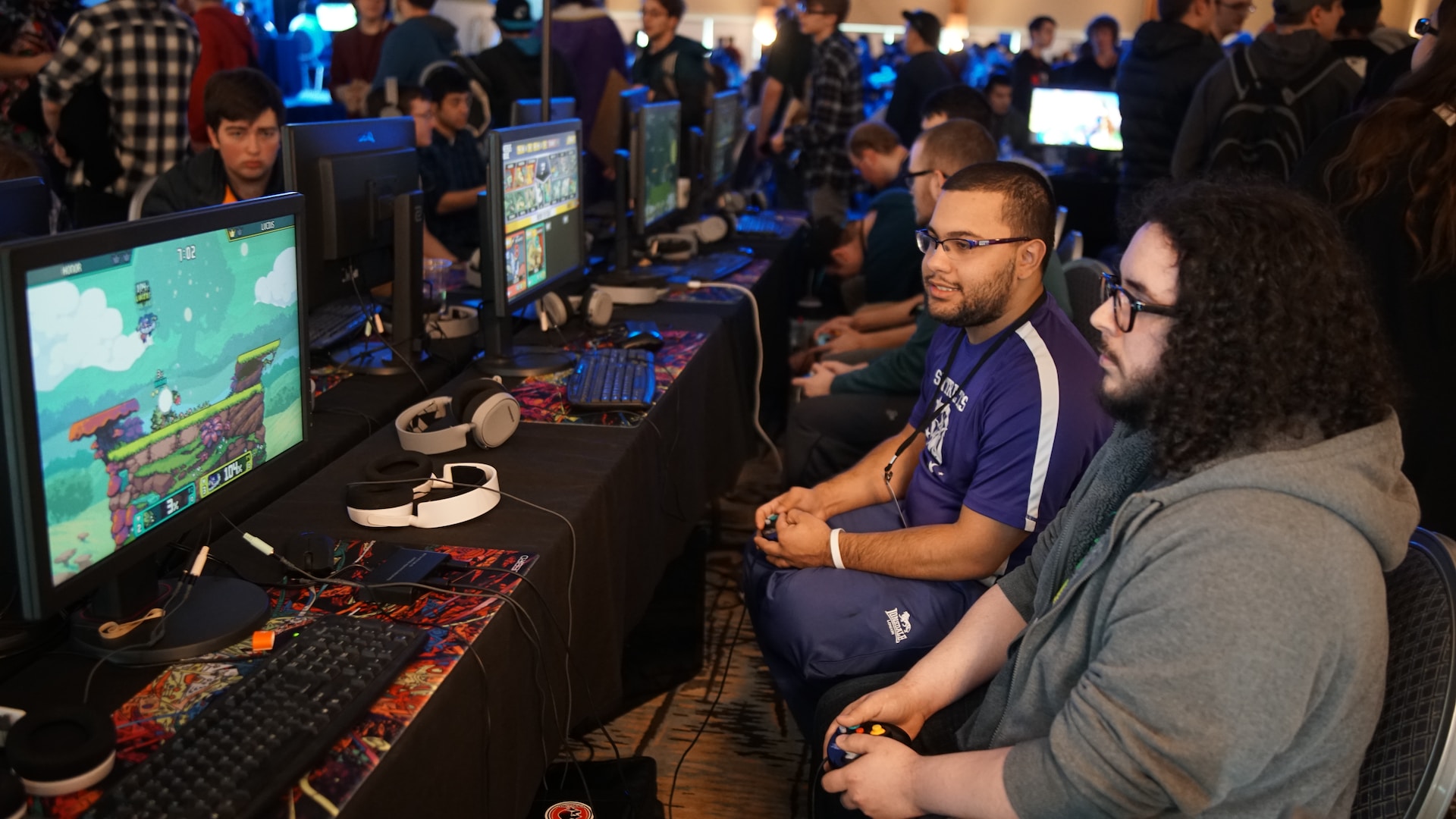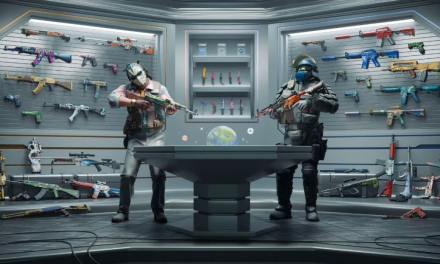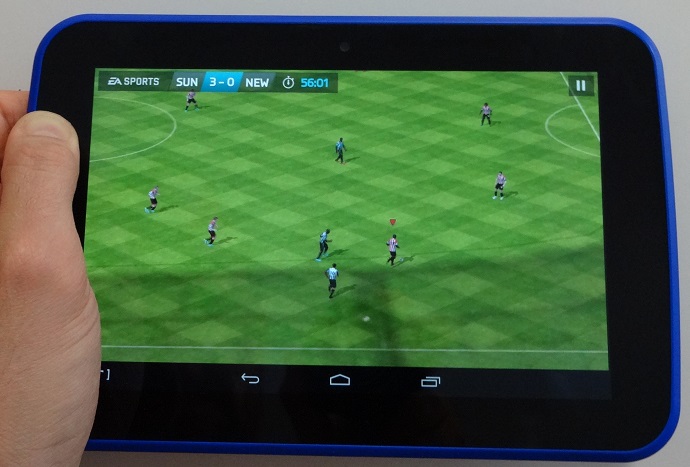Source: Unsplash
Video games became a thing back in 1950s’, shortly after the first computer ENIAC was created. At that time this was a cutting-edge technology and not many could afford it. So, buying a PC simply to play games was out of the question. This is why the early days of gaming are connected to the arcades that became a trend during the 70s and the 80s. Surprisingly enough, this concept never died out. We have modern arcades that are equipped with VR headsets, and we also have big casinos that buy arcade machines either as slots or as video games for gambling.
That being said the gaming industry was so small back in those days and wasn’t that appealing to the investors. So, let’s see how things changed, and who were the big disruptors in this industry.
Early Console Gaming
Although there were home gaming consoles back in the 70s, this form of entertainment was popularised in the mid-80s with Nintendo Entertainment System (NES). Nintendo is a company that is one of the most influential players on the market even today and owns big IPs like Mario, Pokemon, and Zelda. They are one of the top providers when it comes to portable consoles and family-friendly entertainment. Pokemon are still very relevant even in the competitive gaming space, but they aren’t nearly as popular as some of the other eSport titles.
What’s more portable gaming market is currently dominated by mobile devices, and we have seen other innovations like Steam Deck and Logitech G Cloud. Online casino players also use phones to access sites or gaming apps. Thanks to the rise of reliable casinos that accepts Apple Pay, there are fewer reasons to use a PC in order to play online slots or similar casino content. However, arcades still remain the top medium for immersive casino gaming and we will talk about them later on.
Consoles in the 90s
In the mid-90s’ new consoles like the PlayStation entered the market. At this time, cartridges were slowly becoming obsolete, as compact discs could hold significantly more data, which meant more complex video games. It was clear other console companies needed to significantly change their product in order to stay relevant, but many have failed to keep up.
PC Gaming
PC video games have also been around during the 80s, but at that time they weren’t considered an improvement over the consoles or arcades. It wasn’t until the 90s that PCs became more relevant and started to offer a unique experience. First-person shooters Doom and Quake, and real-time strategy Warcraft were big names at this time, and they were essential building blocks for the future IPs that are incredibly relevant today.
These first-person shooters eventually led to the creation of Half-Life and then Counter-Strike, which is a huge eSports title. Also, if you recall, Warcraft 3 map builder was used to create the original DOTA game which inspired Riot to make League of Legends and eventually led to the original release of DOTA 2.
Additionally, in the 2000s PCs had a big advantage over other consoles, as they could be used for LAN parties. This has redefined multiplayer gameplay and eventually led to the creation of big online multiplayer games. What’s more the advent of digital stores like Steam has removed a lot of limitations when it comes to product shipping. Now we have digital copies and no longer rely on CDs to install the games. This has allowed for the development of titles with incredible graphics, complex mechanics, and rich itemization options.
Later on, digital gaming stores and online play will become available for consoles which allowed them to stay relevant to this day.
Return of Arcades
When it comes to graphics, reward systems, and complex mechanics, video games have reached their peak. However, VR offers something new, and that is more immersive gameplay that requires players to stand up and move.
It’s not exactly new, it’s more of an evolution of Kinect, but it has a lot of potential and room for growth. Also, it requires more gaming space as players are no longer sitting on their couch. It’s worth pointing out that VR systems aren’t that accessible, and there are only rumors about potential mass productions, so it will take some time before this new wave of gaming takes off.
These requirements have made arcades relevant once again. Casino arcades have also been innovating and creating new gambling experiences that are more immersive. You have racing arcades where you use the wheel controller and first-person shooters where you use a gun controller. Some of the popular fighting IPs, like Soul Calibur, are now also in casinos and pro gamers love the idea of making money on these skilled-based games.
Rise of eSports and Games in Media
Source: Unsplash
The ability to play online and compete with others has opened the floodgates of possibilities. It allowed gaming to grow from a hobby into a competitive sport that many argue should be in the Olympics. eSports and online play made it possible for many titles to stay relevant for a long time:
- Counter-Strike
- League of Legends
- Fortnite
- PUBG
- DOTA
- Hearthstone
- World of Warcraft
There were gaming tournaments in the past as well, but they never received much media attention. It was platforms like YouTube and Twitch that helped the community grow and that also turned this hobby into a whole career option.
Conclusion
It was a long journey and it’s still going. Gaming is no longer a simple hobby. It’s a medium where you get to demonstrate your skills and socialize with others. It’s also an art form where developers get to tell touching stories, explore unique ideas, and provide players with experiences that aren’t available through movies, or books.












![[Rumor] Capcom is reportedly working on a new Dead Rising](https://vgleaks.com/wp-content/uploads/2025/12/capcom-logo-150x150.jpg)

